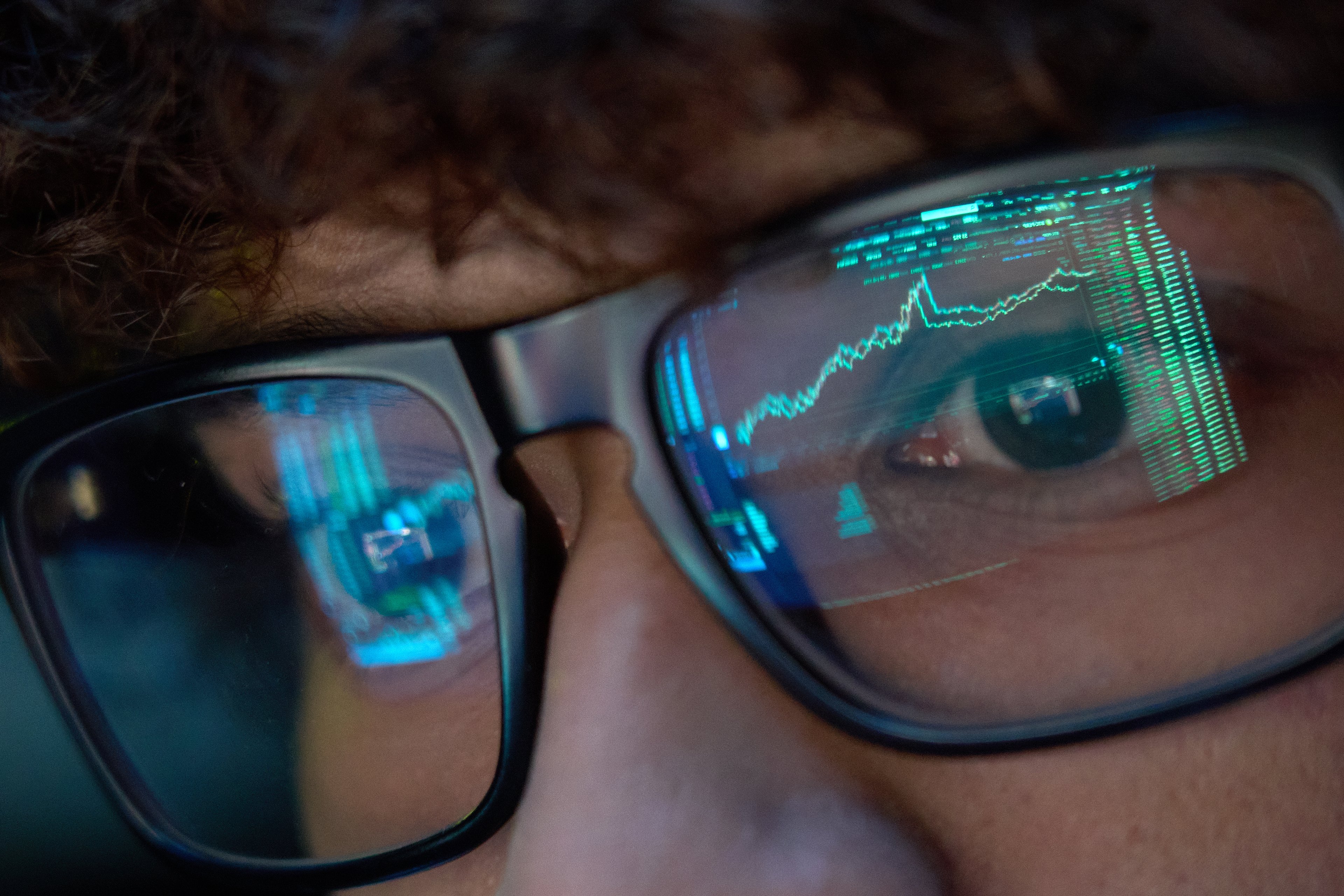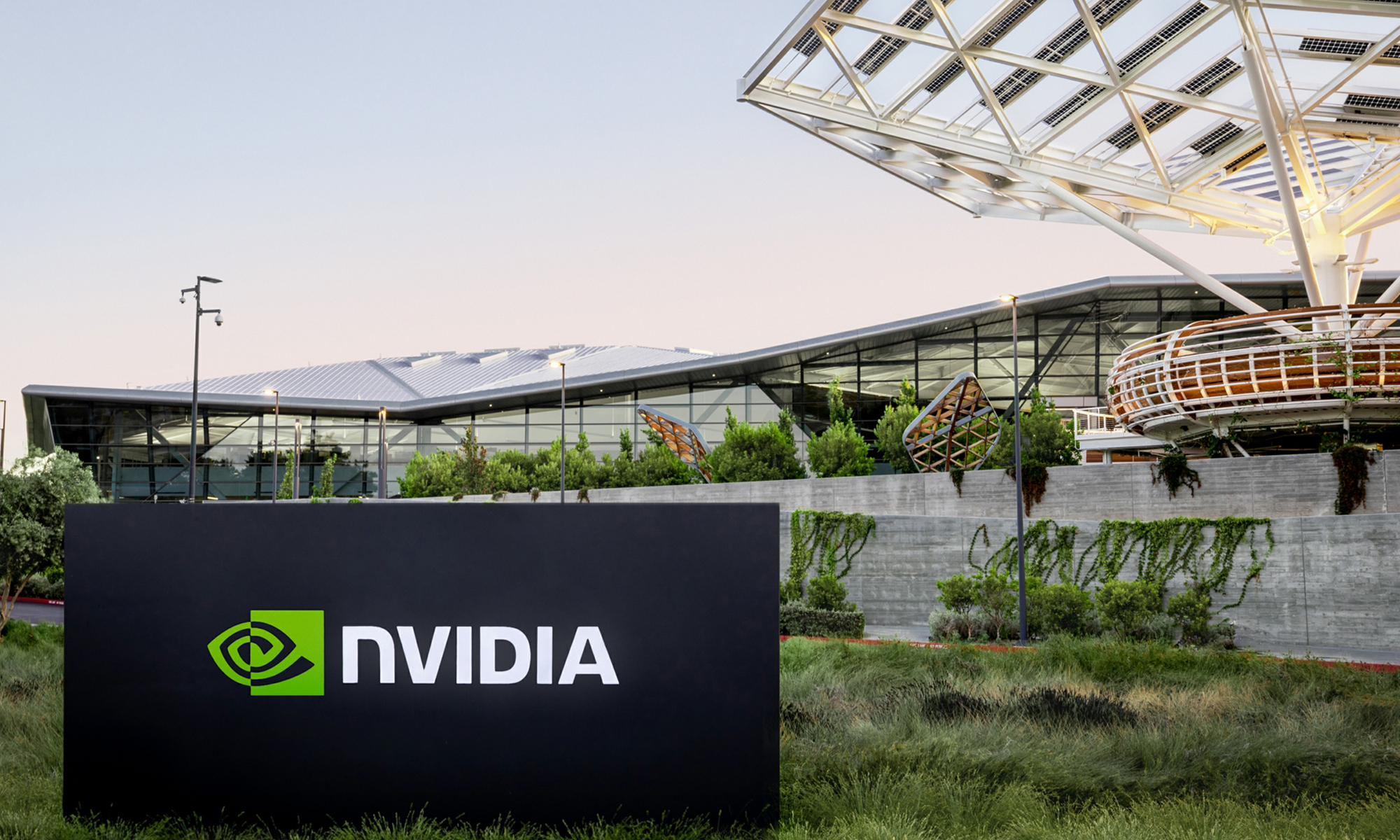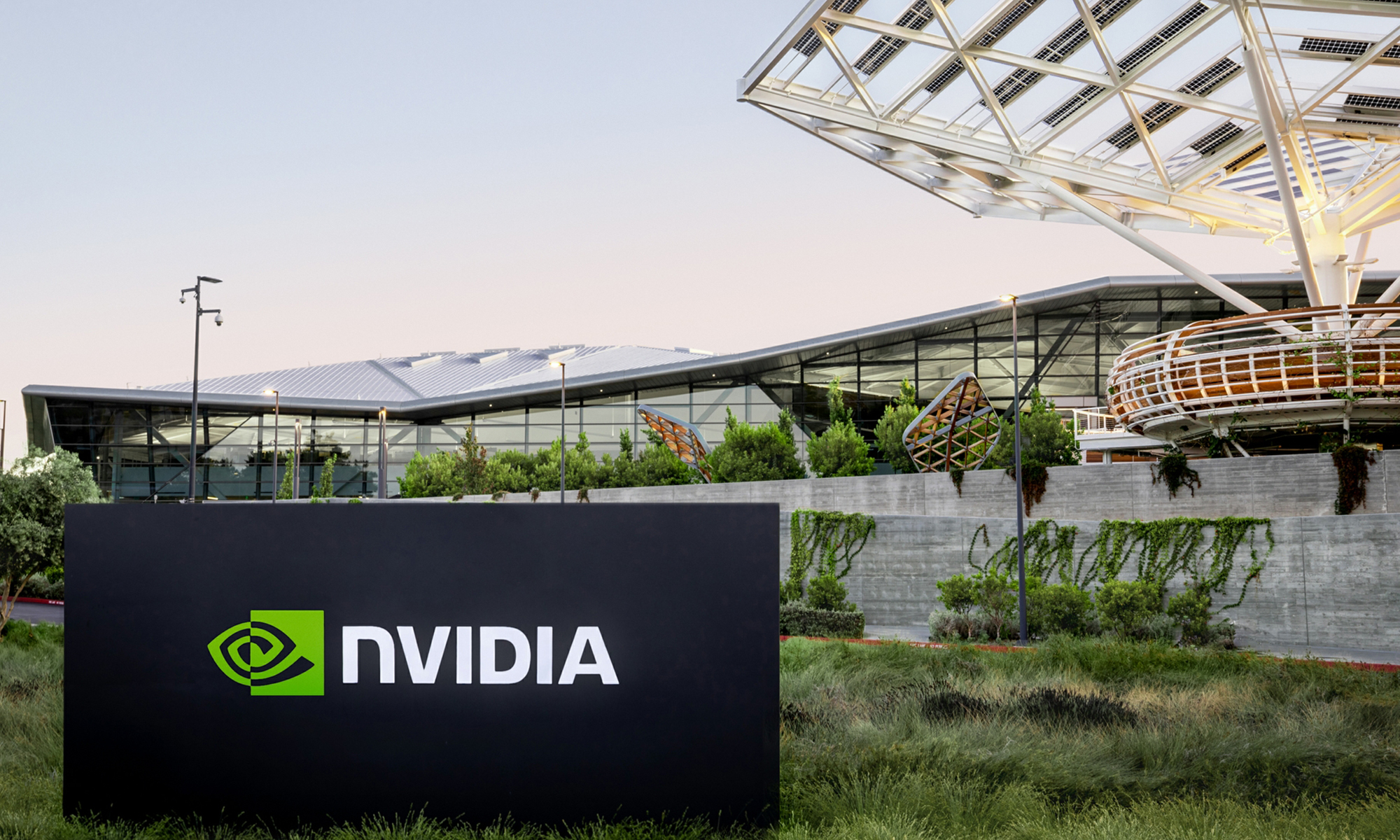Nvidia (NVDA +3.93%) is unlike any stock we've ever seen. It may be the world's largest company (although it can trade its leadership position with Microsoft (MSFT +0.40%) from day to day), but it's growing faster than 99% of companies in the market. There's also plenty of room for further growth, so Nvidia's ascension is far from over.
However, I think there is one metric many investors are glancing over that showcases just how much of a screaming buy Nvidia is right now, and investors should be loading up on shares as a result.

Image source: Nvidia.
Nvidia's GPUs are dominant in the data center industry
Nvidia makes graphics processing units (GPUs), which are devices renowned for their impressive computing abilities. GPUs differ from CPUs because they can process multiple calculations in parallel. Furthermore, GPUs can be connected in clusters to amplify the effect, allowing millions of calculations to happen simultaneously in an AI computing cluster with 100,000 GPUs or more.
Although GPUs were originally intended for processing gaming graphics, their use cases were extended to engineering simulations, drug discovery, mining cryptocurrency, and training AI models. The latter has caused Nvidia's sales to boom, primarily because Nvidia's market dominance is unlike anything that we've seen for a company of Nvidia's size. Most estimates peg Nvidia's market share in the data center GPU market at 90% or greater. Few companies reach that level of dominance in any field, let alone one of the fastest-growing and lucrative areas in the market.

NASDAQ: NVDA
Key Data Points
A third-party estimate cited by Nvidia stated that data center capital expenditures reached $400 billion in 2024, but that same report expects those buildouts to expand to $1 trillion by 2028. That's incredible growth, but some investors may be a bit skeptical, as Nvidia's growth looks like it's slowing.
However, that's not the case, especially when considering the artificial headwinds the U.S. government created for Nvidia.
Nvidia's revenue growth appears to be slowing, but it isn't if the proper comparisons are made
In the first quarter of fiscal year 2026, Nvidia's revenue rose 69% year over year to $44 billion. However, if the U.S. government had not placed an export restriction on its H20 chips, which were designed specifically to meet the previous administration's regulations, Nvidia would have had $2.5 billion in additional revenue. Furthermore, Nvidia's guidance for Q2 was reduced by $8 billion because it could not sell H20 chips.
While that's unfortunate for Nvidia, it's still expected to generate $45 billion in revenue during Q2 -- a 50% growth rate. But that's not an apples-to-apples comparison, as last year's results include H20 chip sales. If we add those revenue figures back into Q1 and Q2 results and projections, then we'll get a fair comparison of how Nvidia is doing. If the H20 lost sales were added to both figures, Nvidia would have produced revenue of $46.5 billion in Q1, with revenue projected to grow to $53 billion in Q2. That would indicate year-over-year revenue growth of 79% in Q1 and 77% in Q2. Considering that Nvidia's revenue growth in Q4 was 78%, this tells me that domestic demand is increasing at the same rate and not slowing down at all.
NVDA Revenue (Quarterly) data by YCharts
That's almost unbelievable considering Nvidia's size, but it confirms that massive growth is occurring and not slowing down. I think this makes Nvidia a screaming buy here, as even though its growth might be artificially impacted by the loss of H20 sales for the rest of the year, it's still doing incredibly well in areas outside of China.
Investors expect Nvidia's growth to continue slowing, as Wall Street analysts project only 53% revenue growth this year and 26% next year. But with the H20 chip year-over-year comparison headwind disappearing next year, that could easily cause Nvidia to exceed Wall Street expectations. The market isn't prepared for that, and if it happens, Nvidia's stock could easily soar throughout the second half of 2025, making the stock a screaming buy now.






